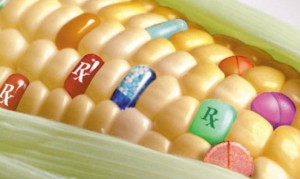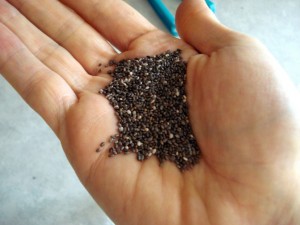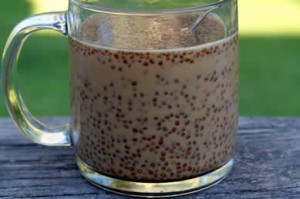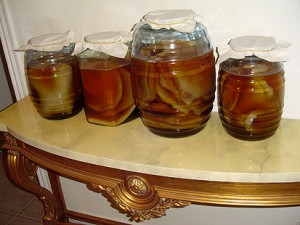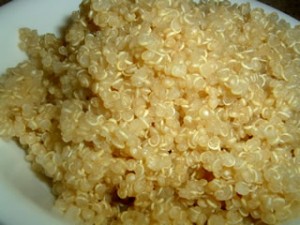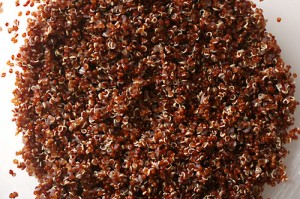There has been a TON of talk lately about GMOs, and I think most people know they are bad….but they have really no idea what they are and what the controversy is, so I thought it would be helpful if I could shed some light on the topic. GMOs are Genetically Modified Organisms. Now what does that mean? Basically, an organism as been genetically altered (or modified) using modern scientific approaches to change the make up; the most frequently modified organisms are bacteria, yeast, plants, fish, mammals (including the chicken and beef that we may be eating!)
What do GMOs mean to me?
Well, it seems like we would be able to easily pick out foods that are genetically modified and just not eat them, right? Well, unfortunately, we don’t really know all of the foods that are genetically altered and what is added to our foods. Plus, just buying organically does not necessarily mean that foods don’t have GMOs added. It is not required by law to list GMO ingredients. So, despite all efforts to eat organic, healthy, non-altered foods, and to serve them to your family, we may still be eating genetically modified foods, all because they are not listed, and corporate farms are not required to report genetic modification of their crops. For example, you might not think that your family ingests a high amount of soy products, but soy is often altered and added to other foods as a filler, so you are all eating more soy than you think! The real risk is that we do not truly know the long-term health effects of eating GMO food, but there have been numerous studies (using rat and mice models) showing that there is an increased tumor rate and shorter life expectancy when eating high GMO diets. Obviously, the studies have not proven 100% that eating GMO diets will kill you, but there is a risk, and the studies are strong enough that I really try to keep as GMO free as possible. Many of these foods are modified with various hormones and chemicals that do put us at risk for various cancers, and adding high amounts of soy to the diet can increase females estrogen levels, and that is just all the more helpful for estrogen supported tumors (i.e. breast and ovarian cancers, among others.) The best way to prevent ingesting GMO foods, is to know the crops at highest risk and try to steer clear of them, or only eat these fruits/veg from local farms where you know they are GMO-free.
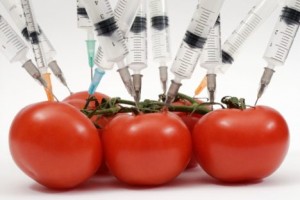 What are the crops most at risk for GMO?
What are the crops most at risk for GMO?
– Alfalfa sprouts
– Corn
– Soy
– Cotton
– Papaya
– Zucchini and Yellow summer squash
– Canola
– Cotton
– Sugar Beets
– Siberian Kale
– Acorn squash
– Flax
– Rice
– Chard
– Table beets
– Bok choy
– Turnips
Some additives that commonly are from GMO based products are:
Aspartame, Xanthan gum, High Fructose Corn Syrup, any “natural” or “artificial” flavors added to products, Vitamin C/Ascorbic Acid, Sodium Citrate, Sucrose, Maltodextrins, Molasses, MSG, Vitamins, Yeast products, Hydrolyzed Vegetable products, etc.
As you can see, a LOT of these foods are foods many of us ingest daily, and the additives, while we might not always know what they are, see them on package labeling constantly. I think it is really hard to have a completely GMO-free diet at this point, but some brands are marketing that they use GMO free products, which is great, and identifying the products that are high risk GMO is a great start. There are people out there trying to stop GMO in the US and The Non GMO Project is one of them, a non-profit, working off of donations to change legislation and prevent GMO and/or at least force companies to have to label their GMO practices, so we are not ingesting chemicals and hormones that we are not intending to. The Non GMO Project also has rigorous standards for companies, and testing, if they prove they are GMO-free, they are allowed to use their “GMO Free” seal: 
And you can feel safe and assured that those products are truly GMO-free. The European Union has gone GMO-free, and hopefully the US will soon follow suit!
So hopefully you know what to look for and what to stay away from, to steer clear (as mush as possible) from GMO foods. No one needs to ingest hormones or chemicals when they are trying to eat some healthy fruits and veg! Keep your eyes peeled, and support local agriculture using GMO free methods, as much as you can!
Yours in Good Health
B

